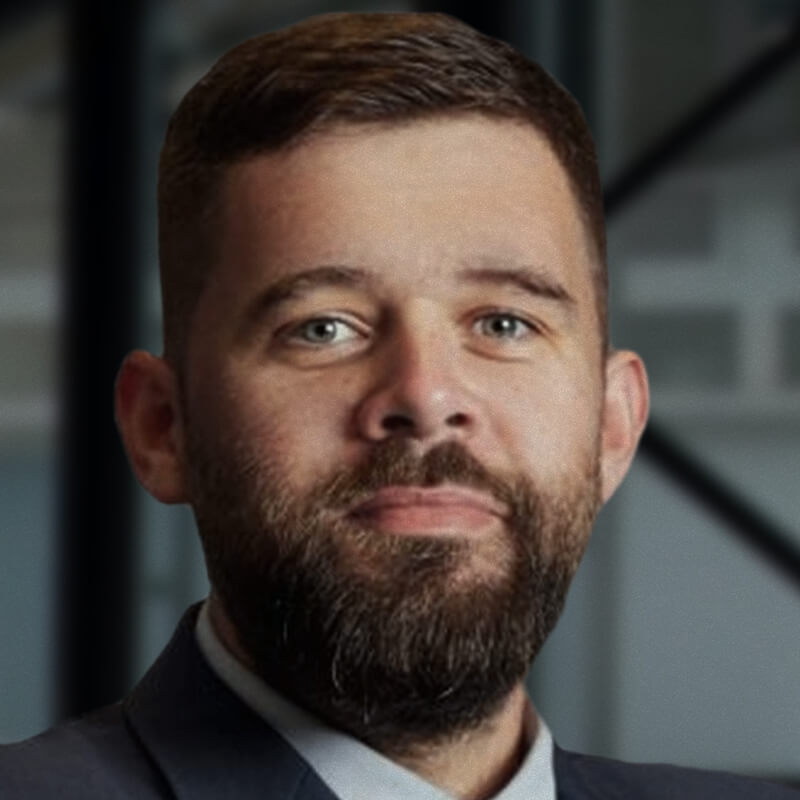

POLANDEVSEC uses the proprietary Cyrima Framework, which ensures a high level of application security, and allows for early identification of modern security threats, and their elimination before production. This approach makes our solutions not only innovative but also resistant to contemporary threats.
POLANDEVSEC software’s development processes align with critical regulatory standards, including:
Requirements for Digital Operational Resilience: We implement transparent workflows and proactive design-phase planning to meet cybersecurity mandates and enhance operational robustness.
Mandatory Testing and Verification Processes: Our approach integrates real-time security testing and continuous patch management, reducing vulnerabilities and ensuring full compliance with regulatory frameworks.
Milestone-Based Value Pricing provides full cost predictability and allows Clients to pay only for pre-agreed and achieved project milestones. This solution gives Clients full control over spending and planning, enabling them to focus on key business aspects.
Thanks to the Performance Profit Sharing model, focused on keeping the team engaged and dedicated, we motivate our employees to strive for the highest quality and exceptional efficiency in project delivery. Our team-centric approach supports skill development and collaboration, resulting in outcomes that exceed client expectations.
The ability to leverage our proprietary AI-driven Penetration Testing platform, designed for automated testing, enables faster identification of security threats, minimizes risk, and enhances the overall security of our software development projects.
Enhanced application security
The Cyrima Framework integrates proven security standards, enabling early detection and elimination of vulnerabilities at every stage of the software development process.
Agility and Flexibility
Thanks to its modular build, Cyrima simplifies adaptation to evolving project requirements, enabling faster responses to client and market needs.
Streamlining Processes
Cyrima provides a unified approach to project management, enhancing team efficiency and enabling seamless collaboration in complex projects.
Regulatory Compliance
By using Cyrima, project teams can more easily ensure alignment with applicable regulations, such as DORA and NIS2, which is crucial in the context of regulated industries.
Cost Optimization
Through process automation and the implementation of best practices, the Cyrima framework reduces software development costs, resulting in more favorable conditions for clients.
Milestone-Based Value Pricing is a financing model that combines the benefits of a fixed-price system with dividing the project into specific stages (milestones). In this approach, the price is determined for the entire project upfront, and payments are made based on the successful completion of defined milestones.
Each project stage has a specific value, and the client pays only for completed and accepted deliverables. This approach ensures not only a full cost predictability but also motivates the team to achieve the next project goals quickly and efficiently, which translates into timely delivery of value.
Performance Profit Sharing – an effective fixed-price approach
The use of this model in software development projects can be illustrated through the following examples and roles:


Product Owner: Defines the product vision and prioritizes features.
Project Manager: Oversees the project schedule and team, ensuring deadlines are met.
Developers: Create application code based on technical requirements.
QA Testers: Guarantee product quality by testing functionality and identifying issues.
Business Analysts: Convert business needs into actionable project requirements.

For Developers: The goal may involve delivering a specified number of features per sprint without critical bugs.
For QA Testers: The goal may be to achieve a high bug detection rate in tested modules with quickly validated fixes.
For the Entire Team: The goal may be to complete sprints on time while maintaining high code quality.

Developers: Receive a bonus for implementing features without critical bugs, which accelerates the QA stages.
QA Testers: Earn rewards for effective and swift testing, reducing revision cycles and enabling faster progression to next tasks.
Project Manager: Receives a bonus for keeping the project on schedule and minimizing change requests.

After completing and successfully deploying the project, the profits resulting from time savings and the quality of outcomes are estimated.
A portion of the surplus profits is shared among team members based on their contribution to KPIs and meeting time and budget goals.

At the end of each sprint, a review of the work results is conducted, during which the team receives feedback and updates on the project’s financial progress.
These meetings also provide an opportunity to exchange experiences and ideas for further optimizing work processes.
If you have any questions, feel free to reach me.

COO – Business developement
Jeśli masz pytania, odezwij się do nas. Odpowiemy możliwie szybko!
Polityka Prywatności
Kliknij tutaj w celu zapoznania się z polityką prywatności Sedivio SA.
Rektorska 4
00-614 Warsaw
Tel: +48 226022530
E-mail: office@sedivio.com
Tax Identification Number: 521-34-10-954